There was a time when hunters only used to hunt from the ground, which restricted their hunting capabilities in many ways. However, thanks to tools like treestands, bowhunters are now able to hunt from an elevated position with greater ease.
Climbing tree stands is the most effective and versatile way for bowhunters to climb and hunt from trees. Knowing how to use a climbing tree stand correctly can make a world of difference in your hunting experience. You can leave your cumbersome ladders and sticks home as climbing tree stands are small, light, and portable, and they make sneaking in and out of your stand virtually silent.
These tree stands are simple to set up and dismantle, but it takes some practice to become used to the procedure. Moreover, it’s a great tool to keep an eye on roaming animals from an elevated place without getting noticed. Besides, to hunt safely and prevent any accidents, you need to know how to use a climbing tree stand correctly. Thus, in this article, we have come up with a complete guide for you, so that you know how to properly use a climbing tree stand. But before jumping into that, let’s first check out how a climbing tree stand works.
How Does A Climbing Tree Stand Work?
A climbing tree stand is a tool that makes your climbing and hunting experience simple and convenient. A climbing tree stand is comprised of two parts that include a platform and a seated climber. Instead of using tree steps or a ladder to climb the tree, you need to lock the top piece of the climbing tree stand into the tree, and pull the platform with your legs to climb up. A climbing tree stand is the quickest and safest option for climbers to reach an elevated position.
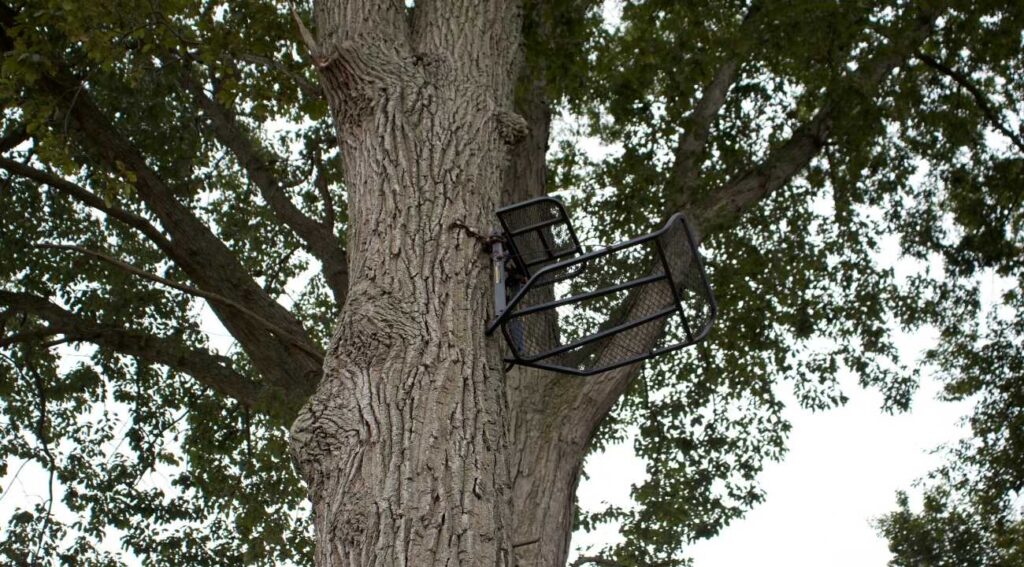
Climbing, Ladder, And Hang-on Tree Stand: What is the Difference Between Them?
For years, treestands have been popular equipment among hunters. A treestand has been proven to be a game-changer, especially for mobile hunters – from increasing their field of view to excellent shot placement. Apart from the climbing stand, there are other treestands like ladder treestands and hang-on treestands. Let’s compare these tree stands so you can understand which one is best suited for your needs.
We all know what a climbing treestand is, so let’s start with the ladder treestand. A ladder treestand features a ladder with a platform and weighs much more than a climbing treestand. It takes two people to set up a ladder tree stand, and even after that, it doesn’t match the flexibility of a climbing tree stand.
And unlike a climbing tree stand, a hang-on treestand requires tree steps or climbing sticks to be attached to the tree, which requires using straps or chains to access the stand.
Complete Guide To Use A Climbing Tree Stand
Whether you’re a professional or a beginner hunter, anyone can be a victim of treestand accidents. Hence, this guide is to help all hunters stay safe and healthy the next time they have to use a climbing tree stand for hunting.
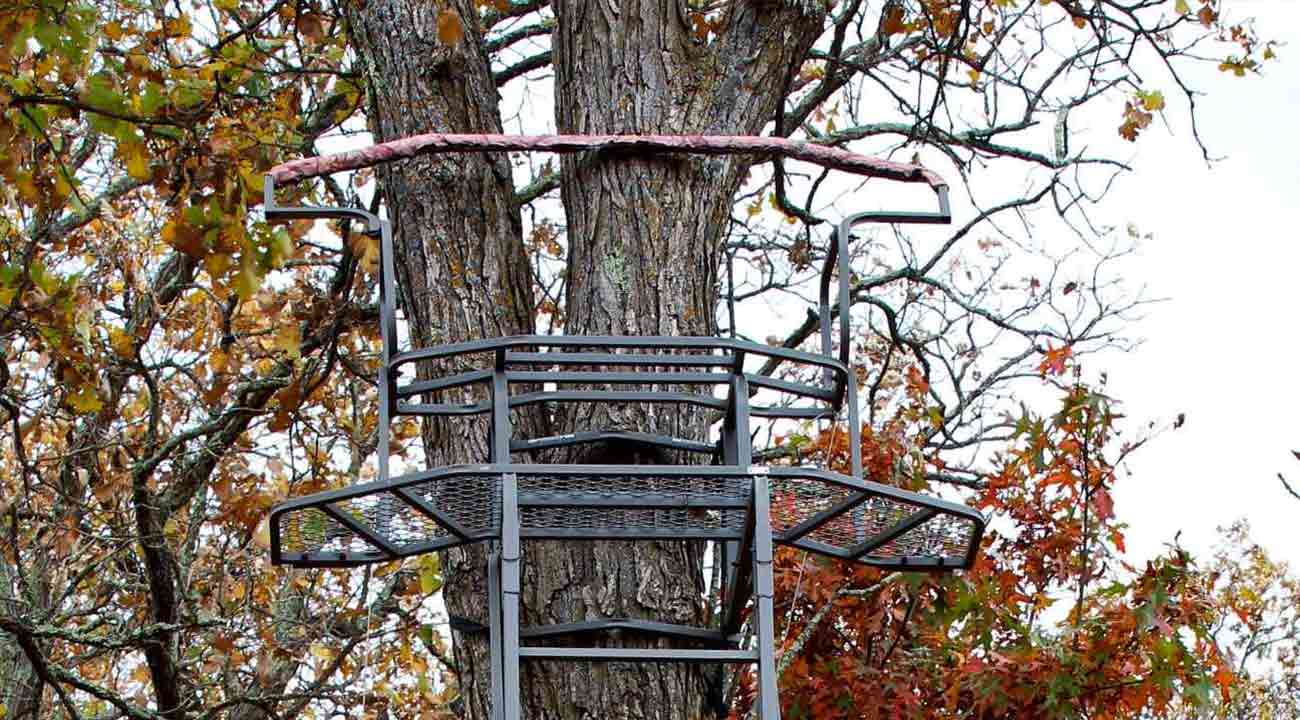
1. Assembling The Gears
A successful hunting trip starts with gathering the right kind of hunting gear. You need to choose your climbing tree stand carefully so you can stay safe and secure while climbing. Pick a flexible, lightweight climbing tree stand that’ll not only protect you but also allow excellent maneuvering when hunting. Another important thing that you must never forget to carry is a tree stand safety harness.
Sometimes you can lose your balance or slip from your tree stand when climbing a tree with a treestand. In these circumstances, a tree harness will save you from getting any serious injuries. Since a climbing tree stand comes in two pieces, you need to make sure the bottom piece has straps to bind your feet properly so you can freely ascend and descend the tree.
2. Pick The Right Tree
After you’re done assembling all your hunting gear, it’s time to pick a nice and suitable tree for climbing. It’s crucial to pick the right tree as your safety depends on it. First things first, remove all the dead or dying tree limbs, and branches out of your way as the hunters may have trouble maintaining the balance due to the branches. As these trees are weak, they can break anytime, and no amount of safety gear will save you from falling.
Moreover, you should also avoid trees that have branches, as they can disrupt your climbing. Since nature grows by its own rules, if it’s allowed, you can cut off low branches by yourself with a hacksaw. You should check the trunk and bark of the trees as well. The trunk of the tree should be thick and sturdy enough to withstand your body weight.
Also, you should measure the tree’s diameter before using the tree stand. It is best to refrain from climbing too thick or thin trees. Climbing tray stands have minimum and maximum diameter ranges. Selecting 18 to 24-inch diameter trees is perfect for use. Remember, even with all the right gear, you can be in great danger if you don’t choose the right tree.
3. Determine The Right Treestand Angle
Let’s assume that you found the perfect tree for hunting that’s wide at the bottom as well as at the top. In that case, the tree stand platform must have a minimal upward inclination to sit level after the necessary hunting height is obtained. You can keep the starting tree stand angle smaller when there’s no significant tree diameter loss.
On the other hand, there are trees wide at the bottom and narrower at the top. You need to keep the treestand angle large enough so that the platform can compensate for the tree diameter loss.
4. Attaching Top And Bottom Portion
Next up is securing a climbing tree stand’s top and bottom parts. To ensure that the bottom portion of the climbing treestand doesn’t crash to the ground in the event of any slips, you need to secure the top and bottom sections first.
You will find that most climbing treestands come with a rope or bungee cord to tie down both the top and bottom sections. And if it doesn’t include any cord, do buy some kind of safety straps separately. Along with that, don’t forget to secure both your feet to the bottom section of the stand.
This will give you two advantages: securing your feet with the bottom portion will prevent you from slipping, and you will be able to pull the bottom section with your leg quite easily.
5. Ascending And Descending The Tree
Once you’re done securing yourself and your tree stand properly, it’s time to start climbing. While ascending the tree, determine how far you want to climb. You don’t have to go to the top of the tree, only far enough so you can see your target clearly. Make sure your destination is at a height from which you can see clearly over a large area and seem to have enough space to fire an arrow, then you’re good to go. Also, you need to attach a safety strap and platform to the tree.
Apply pressure on the stand so that the strap teeth get stuck in the bark of the tree. Ensure the platform is secured into the tree, as it’s going to carry all of your weight. Then, connect the safety harness to the strap. Next, move the top section of the climbing stand up with your hands, and then, using your feet, bring the bottom section up as well. Proceed to do this until you are at your desired height. You can use the same steps you used for ascending or descending from the tree. Once you are down, detach your equipment and gears from the tree.
Safety Tips For Climbing Tree Stands
People caught accidents during hunting, and the number is staggering. This section of the article will share some tips that will keep you safe during hunting.
- Always wear the safety harness when you leave the ground. The safety harness will keep you safe from falling. Full-body safety harnesses are very durable and basic to install.
- Connect your rope strongly to the gear connected to the tree. If anything goes wrong, that’s your hope they stay alive.
- Connect your top climbing tree stand with the bottom one with another rope. If something happens during hunting, you sit on the top part, and the lower one gets slipped, you can always have it in range.
- Brunches can create real problems while hunting. Keep a lightweight covered saw or axe with you to remove any limb that came your way.
- Try avoiding trees with clusters. This way, you can hide your presence. If you don’t find any desired tree for a haunting that has an excellent place to hide, keep your body in the direction of the sun. Animales face difficulties in looking at the sun, so your presence will be unnoticeable.
Final Words
Climbing tree stands are like body parts for bowhunters. Though tree stands have some fixed settings that you can’t change mostly. Once you are used to it, it can be your prime arsenal for better hunting. There’s no doubt that knowing all the proper steps of using a climbing tree stand will keep you safe while hunting. Once you’re secured in your tree stand, you can finally focus on your hunting. Hence, before you start your hunting venture, make sure to check out these tricks and tips for climbing a tree stand.

William Arrovo seeks thrills and laughter in everything he comes across. He is a fun loving person with a zest of exploring the breathtaking places around the globe. He feels content in sharing his experiences of travelling to various countries. He is grateful about enriching himself with a myriad of cultures and rejuvenating his soul while staying outdoors.
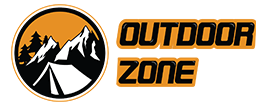
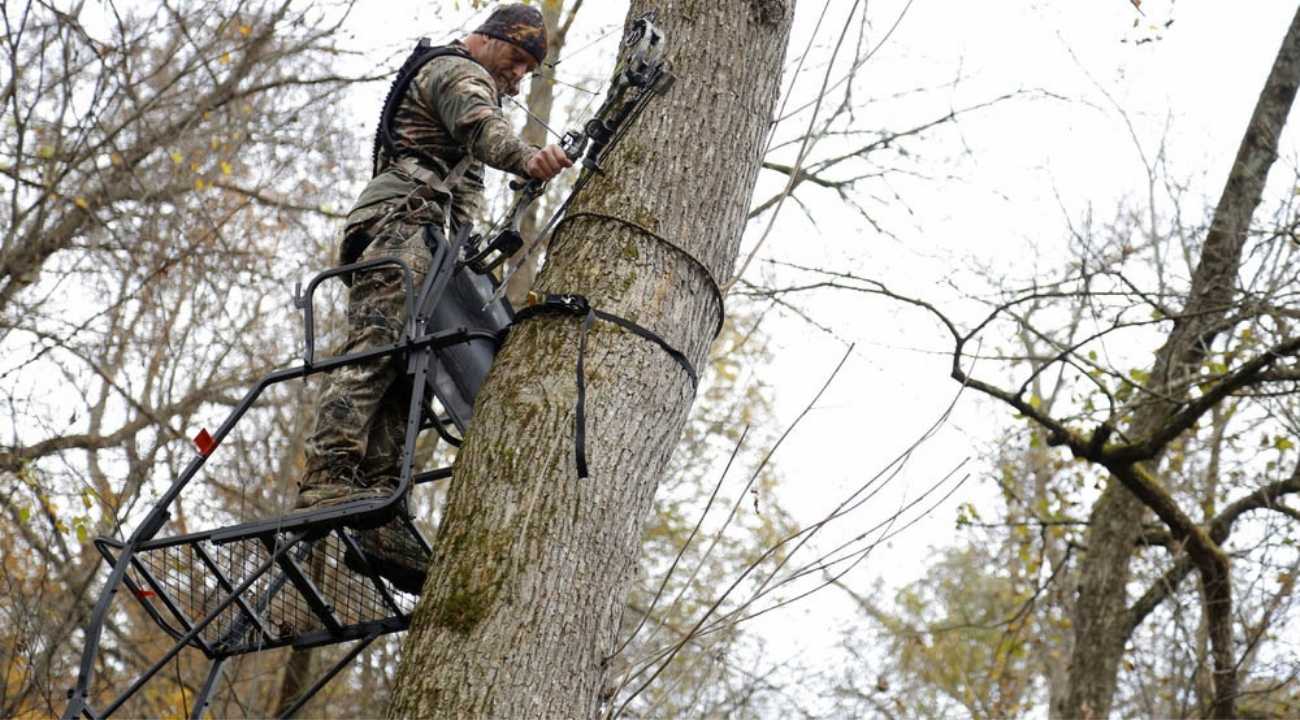

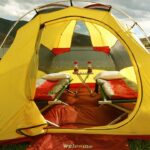





Leave a Comment